Luke Roberts
AlphaStation/Alphaville
27 November–26 February 201127 Nov–26 Feb 2011
Performance artist Luke Roberts collapses the personal and the political, the local and the cosmological, the religious and the irreligious, and past and future to offer a unique spin on themes of religion, sexuality, and human history.
Roberts started doing performances in the mid-1970s. He adopted a range of personae. The most important of these, Alice Jitterbug, was inspired by reading about the exploits of a cross-dressing Native American shaman and rodeo clown. In the late 1970s, Jitterbug was superseded by Pope Alice, who recalled both Pope Joan (the legendary medieval female pope) and Lewis Carroll’s Alice. According to Roberts, Pope Alice came from the planet Metalluna, and landed at Alice Springs, giving her name to that place. Through this alternative-pontiff persona, Roberts was able to have it both ways, contesting the Catholicism in which he was raised (particularly its hostility to homosexuality), while revelling in its pomp and paraphernalia. In the 1990s, Roberts became a key figure in the queer-art movement, and Pope Alice a staple of Sydney’s annual Mardi Gras.
Roberts has created works in many media, however photography has always been central to his practice. Much of his work is ‘photographic performance’. For Roberts, the photograph never offers a straight view of reality, but always an inverted, through-the-looking-glass one.
The heart of AlphaStation/Alphaville is Roberts’s photographic work of the last few years, much of it produced on trips home to his birthplace, the Queensland backblocks town of Alpha. The exhibition’s title also refers to Alphaville, Jean-Luc Godard’s 1965 sci-fi movie, which was set on another planet far in the future but shot in everyday locations in Paris.
The new work comes in three chapters. My West finds Roberts staging his own wild-west fantasy in Alpha, roping family members into his cowboys-and-indians game. Höhere Wesen Befehlen (Higher Beings Ordain) updates the Pope Alice story in the light of Roberts’s 2001 conversion to Raëlism (a belief system that replaces an omnipotent creator-God with extraterrestrial higher beings). In Ghostriders in the Sky, he teams up with Indigenous artist Richard Bell to address Australia’s colonial history. Roberts’s new photographs are prefaced by a ‘greatest hits’ selection of earlier photographs, showing that his new work reiterates yet complicates perennial themes.
Through his work, Roberts occupies and conflates contradictory types: male and female, cowboys and indians, Hitler and Warhol, the colonial frontiersman-oppressor and ancient Wandjina. His work can be read as autobiographical or as just the opposite—an attempt to lose himself in an array of characters. As he says, ‘I’m a lot of people, and they are all coming to the party’.















